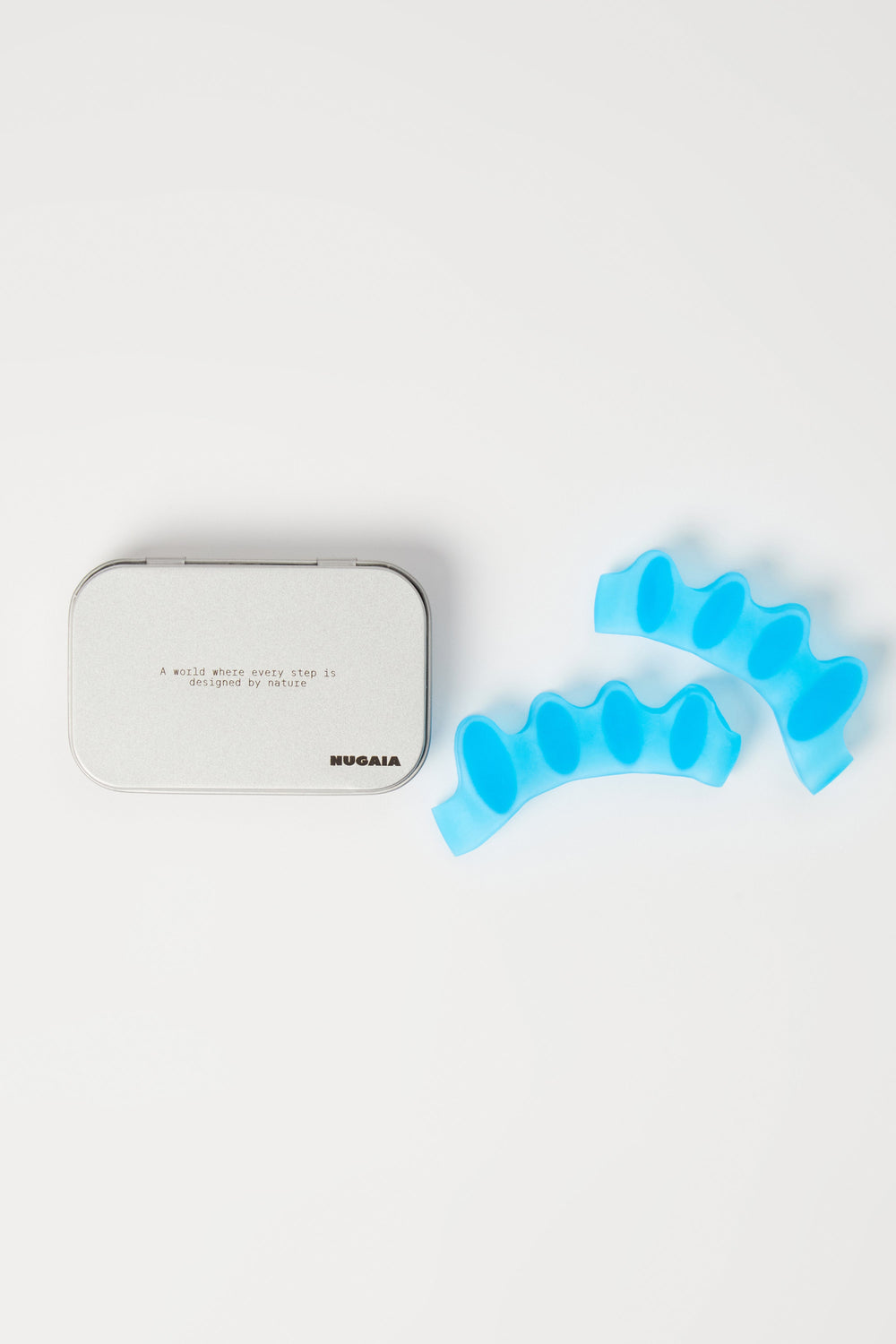
Essential Tools for Foot Training: Toe Separators / 12.Mar.25
Read more
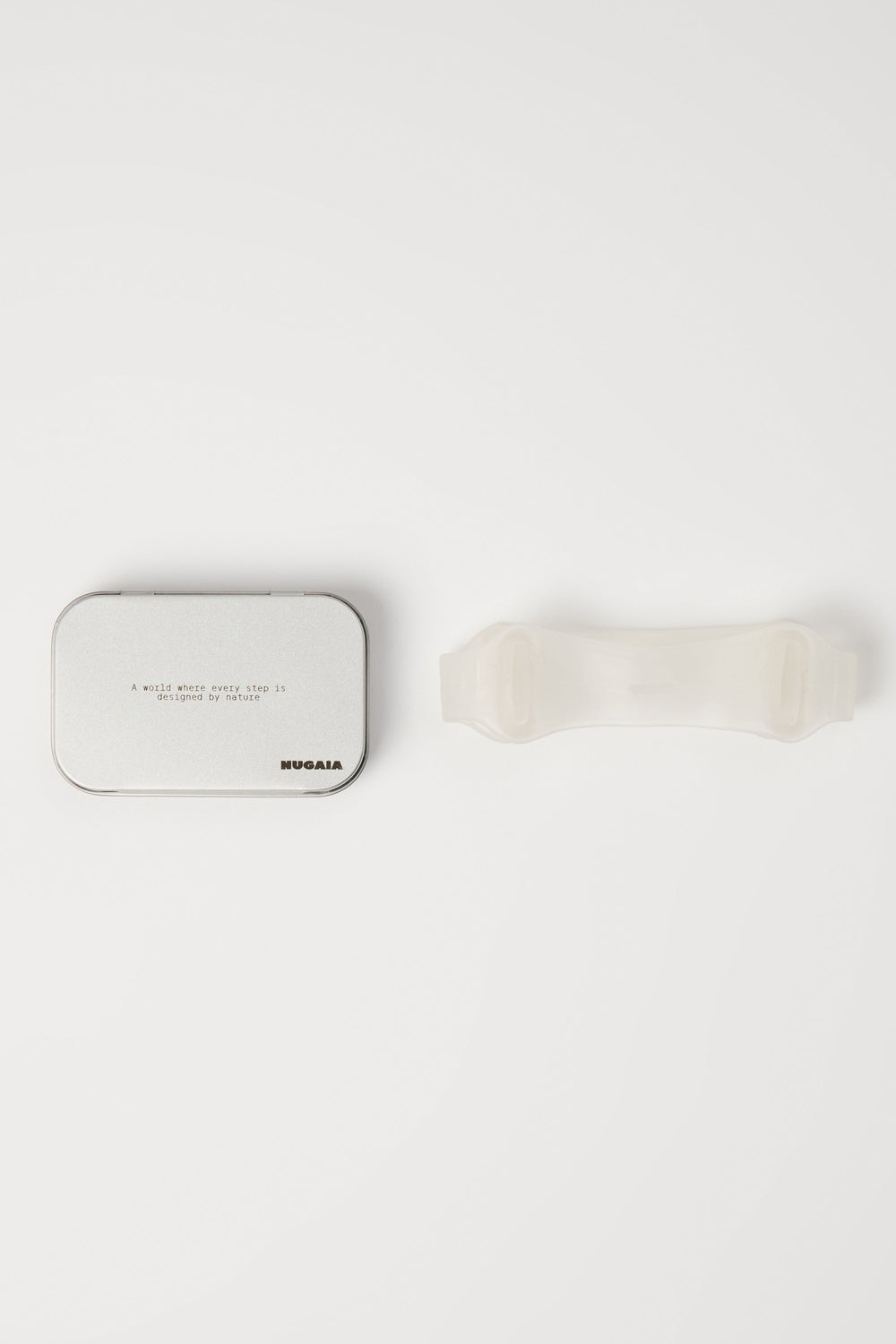
Essential Tools for Foot Training: Toe Resistance Band / 12.Mar.25
Read more
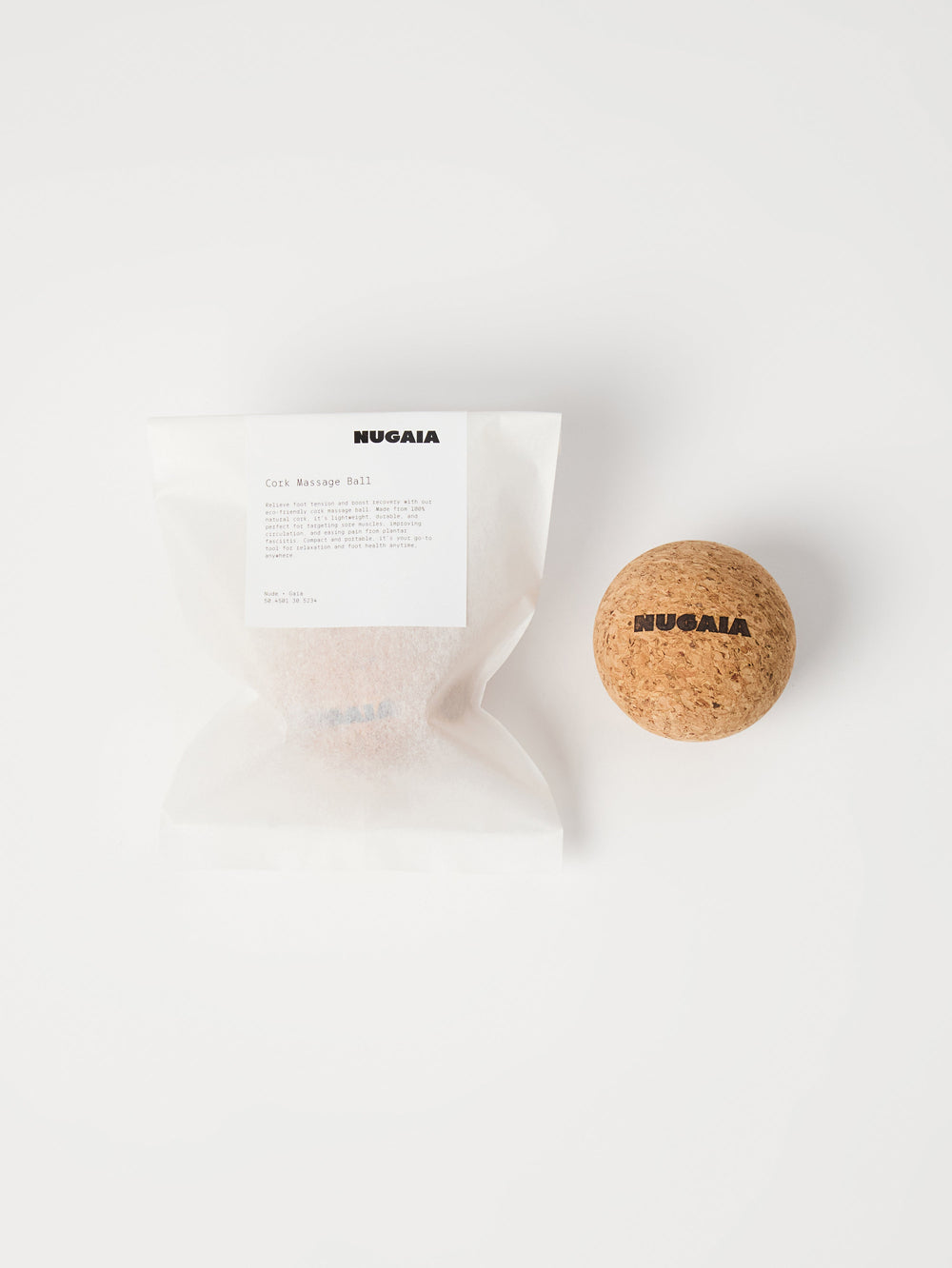
Essential Tools for Foot Training: Cork Massage Ball / 10.Mar.25
Read more
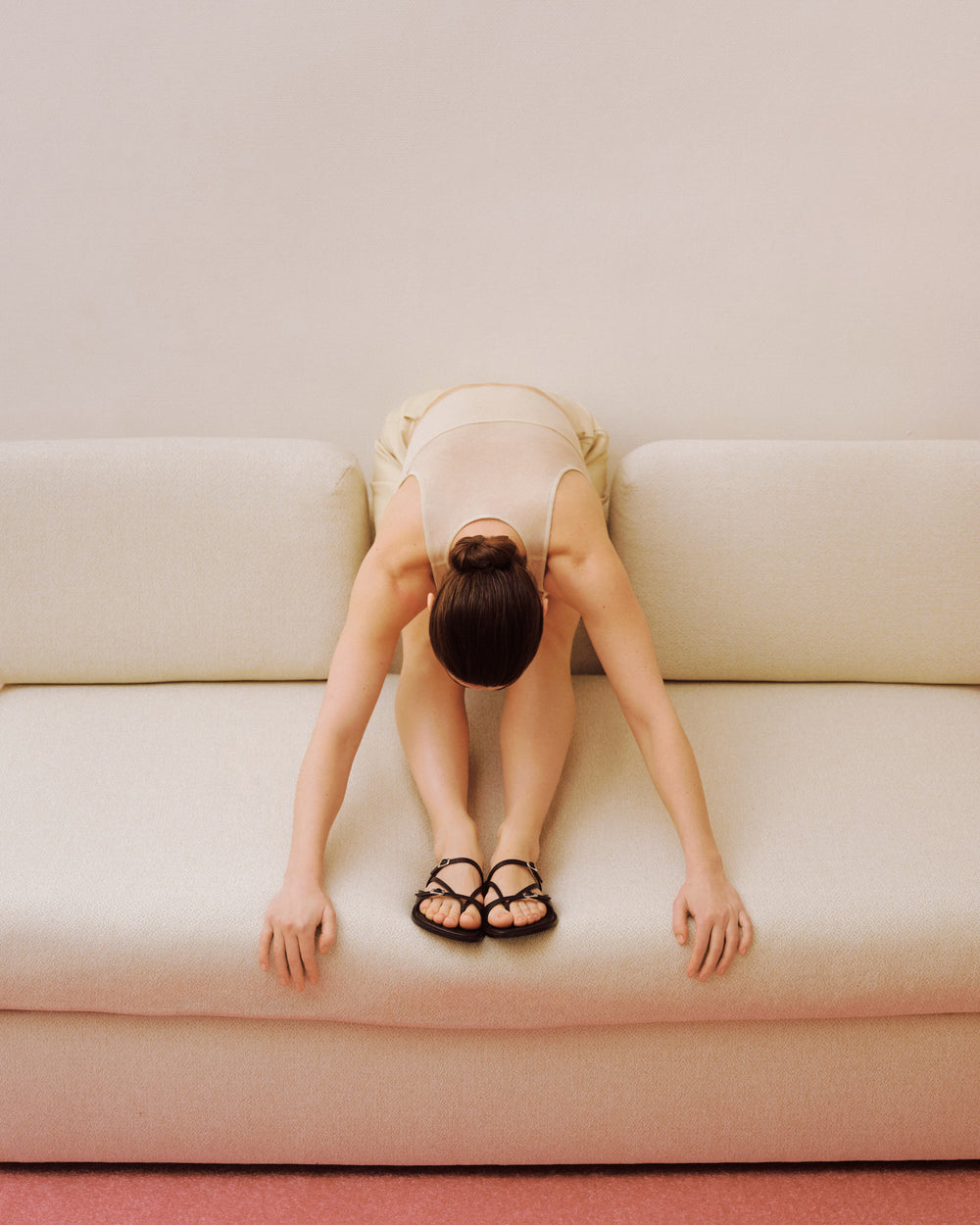
Debut SS25 Collection by NUGAIA / 13.May.25
Read more
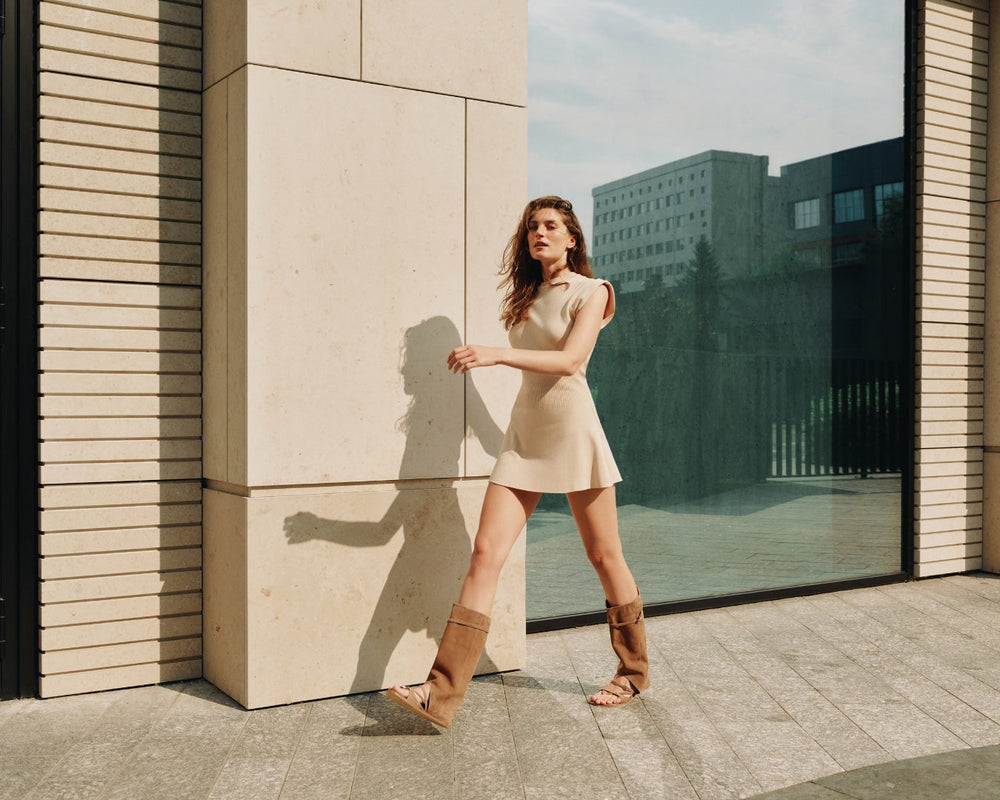
How to Find Your Perfect Barefoot Shoe Size – NUGAIA Guide / 27.Mar.25
Read more

The Barefoot Philosophy: A Step Back to Natural Movement or Why Your Feet Deserve Barefoot Freedom / 10.Mar.25
Read more
Essential Tools for Foot Training: Toe Separators / 12.Mar.25
Close
What are Toe Separators?
Toe Separators are soft silicone inserts designed to restore your toes' natural alignment. They reduce tension, improve balance, and support foot health, allowing your feet to move as nature intended. With their flexibility and softness, these separators provide all-day comfort.
Why are These Tools Essential?
Our feet endure significant stress every day, whether from wearing restrictive footwear, intense workouts, or long hours of standing. This can lead to deformities like bunions or hammer toes and result in foot fatigue. Toe Separators help counteract these issues by providing:
- Relief from muscle tension
- Enhanced balance and posture
- Support for bunions and hammer toes
- Alleviation of foot fatigue
- Compact size for easy portability

Effective Exercises with Toe Separators
Incorporating Toe Separators into your daily routine is a simple way to improve the overall health of your feet. Here are five effective exercises you can do with these amazing tools:
- Toe Stretch — Slip the separators onto your toes and gently pull them apart. Hold for 15-20 seconds to relax the muscles and improve flexibility.
- Seated Stretch — Sit with your legs extended, place the separators between your toes, and gently press them apart. This helps reduce tension in your feet and enhances flexibility.
- Toe Grips — Stand on your tiptoes while wearing the separators and try to rise higher. Hold for 10-15 seconds to strengthen the muscles in your feet.
- Rotation — While seated, place your feet flat on the ground with the separators between your toes. Rotate your toes in a circular motion, first in one direction, then in the other. This will improve coordination.
- Reverse Press — Lie on your back with your legs against the wall, wearing the separators. Gently press against the wall to engage your foot muscles.
For the best results, use Toe Separators during yoga sessions, workouts, or simply while relaxing. They can also be worn with barefoot shoes, providing extra comfort while promoting healthy foot movement. A few minutes of consistent use can significantly enhance your balance, posture, and comfort. Their compact size makes them easy to carry, allowing you to take care of your feet anywhere, anytime.
Essential Tools for Foot Training: Toe Resistance Band / 12.Mar.25
Close
What is Toe Resistance Band?
The Toe Resistance Band is a versatile tool designed to gently realign your toes and strengthen the muscles in your feet. Made from soft, durable silicone, this resistance band provides comfortable resistance to improve mobility, balance, and overall foot health. It's particularly ideal for bunion correction and toe strengthening, making it a must-have for anyone looking to enhance their foot care routine.
Why is This Tool Essential?
Our feet bear the weight of our bodies and endure stress daily, which can lead to issues like bunions, foot fatigue, and decreased mobility. The Toe Resistance Band helps counteract these problems by:
- Gently realigning the toes
- Strengthening foot muscles
- Enhancing mobility and balance
- Supporting bunion correction
- Providing a simple, effective way to train at home

Effective Exercises with the Toe Resistance Band
Incorporating the Toe Resistance Band into your daily routine is easy and takes only a few minutes. Here are five effective exercises to maximize the benefits of this tool:
Toe Stretch —
Place the band around both big toes. Gently pull your feet apart, hold for 5 seconds, and return. Repeat 10-15 times to increase flexibility.
Toe Spreading —
Wrap the band around all toes of one foot. Spread your toes against the resistance of the band. Perform 10-12 repetitions to strengthen the muscles.
Toe Lifts —
Place the band around your big toes. Lift them while keeping the other toes down. Hold for 3-5 seconds, then lower. Repeat 10-15 times to enhance toe strength.
Toe Grip Hold —
Wrap the band around all toes. Squeeze your toes together as if grabbing something and hold for 5 seconds. Repeat 10 times for improved grip strength.
Resistance Walking —
Place the band around your big toes. Walk in small steps while maintaining tension on the band for 30-60 seconds. This exercise helps improve your gait.
For best results, incorporate these exercises into your daily routine to develop a stronger, healthier gait. The Toe Resistance Band is a simple yet powerful tool for enhancing your foot health, helping you move with confidence.
Essential Tools for Foot Training: Cork Massage Ball / 10.Mar.25
Close
What is a Cork Massage Ball?
A Cork Massage Ball is a simple yet highly effective tool designed to relieve foot tension, improve circulation, and enhance recovery. Made from 100% natural cork, it is lightweight, durable, and eco-friendly, making it a perfect choice for those who prioritize sustainability and health. Whether you're dealing with any foot health issues or simply want to improve mobility, this small but powerful tool can make a big difference.
Why is This Tool Essential?
Our feet endure immense stress every day, whether from long hours of standing, intense workouts, or wearing restrictive footwear. Over time, this can lead to tightness, pain, and reduced mobility. The cork massage ball helps counteract these effects by:
- Relieving muscle tension
- Boosting circulation
- Easing pain
- Improving mobility
- Providing a natural, eco-friendly solution

Effective Exercises with a Cork Massage Ball
Incorporating a cork massage ball into your daily routine is easy and takes only a few minutes. Here are five effective exercises to get the most out of this tool:
Roll Massage —
Place the ball under your foot and gently roll it from heel to toe for 1-2 minutes. This warms up the muscles and releases tension..
Arch Press —
Position the ball under your foot’s arch and press down firmly. Hold for 10-15 seconds, then release. Repeat 3-5 times to target deep tension.
Toe Flex —
Place the ball under your toes, press them down, then lift them up. Repeat 10-15 times to improve toe flexibility and strength..
Heel Release —
Apply steady pressure by pressing the ball under your heel. Hold for 20-30 seconds to relieve tightness in the plantar fascia.
Side Roll —
Move the ball side to side under your foot to massage the outer edges and release built-up tension.
For the best results, use the Сork Massage Ball in the morning to wake up your feet or after long periods of standing or exercise to reduce strain. A few minutes of consistent use can significantly enhance foot mobility, strength, and relaxation. Its compact size makes it easy to carry, ensuring you can take care of your feet anywhere, anytime.
Debut SS25 Collection by NUGAIA / 13.May.25
Close
How to Find Your Perfect Barefoot Shoe Size – NUGAIA Guide / 27.Mar.25
Close
Step-by-step guide on how to properly measure your foot and choose the correct barefootwear size –
1. Prepare Your Foot Measuring Tools
- Grab a sheet of paper, a pen, and a ruler.
- Measure barefoot or wear thin socks for the most accurate results.
2. Measure Your Foot Length
- Place the paper on a flat surface against a wall.
- Stand with your heel touching the wall and mark the longest point of your foot.
- Measure the distance from the edge of the paper to the mark of lenght.
3. Measure Both Feet
- Repeat the process for your other foot, as sizes may slightly differ.
- Use the measurement of your larger foot for the best fit.
4. Check the NUGAIA Size Guide
- Compare your foot length with our size guide to find the perfect match.
- Barefoot shoes typically have a little extra space (around 5–10 mm) for natural movement.
5. Consider Your Comfort Preference
- If you prefer a snug fit, choose a size closer to your exact foot length.
- For more toe freedom, opt for a slightly roomier fit within the recommended range.
6. Test the Fit
- When trying on, ensure your toes can move freely without pressure.
- Walk around to check if the shoe allows a natural, unrestricted stride.
7. Still Unsure?
- Contact our team for personalized sizing advice via care@nugaia.com.ua
The Barefoot Philosophy: A Step Back to Natural Movement or Why Your Feet Deserve Barefoot Freedom / 10.Mar.25
Close
For centuries humans walked and thrived without modern footwear. Traditional shoes with rigid soles, elevated heels, and narrow toe boxes have contributed to foot-related health issues. The barefoot movement seeks to counteract these effects advocating for footwear that mimics the natural state of our feet. But is going barefoot truly beneficial or is it just another trend? Let’s explore the barefoot philosophy and why your feet deserve the freedom to move naturally.
 The human foot comprises 26 bones, 33 joints, and over 100 muscles, tendons, and ligaments. It is designed to provide balance, support and shock absorption. Unlike conventional footwear that limits natural movement, barefoot shoes or walking barefoot allow the foot to engage fully with the ground, improving posture and alignment by mimicking the gait as nature intended.
The human foot comprises 26 bones, 33 joints, and over 100 muscles, tendons, and ligaments. It is designed to provide balance, support and shock absorption. Unlike conventional footwear that limits natural movement, barefoot shoes or walking barefoot allow the foot to engage fully with the ground, improving posture and alignment by mimicking the gait as nature intended.
Walking barefoot or in minimalist shoes encourages the foot to function as nature intended. It strengthens foot muscles, improves posture and enhances balance by increasing sensory feedback Natural movement patterns reduce strain on joints, while better circulation keeps the feet healthy. Many people find relief from common foot ailments, such as arch pain, simply by allowing their feet.
Transitioning fully to barefoot living can be challenging and often uncomfortable due to the demands of modern lifestyles. Hard artificial surfaces, long hours of standing and workplace requirements make it impractical for many people to go entirely barefoot. In such cases barefoot shoes offer a compromise: They protect while still allowing natural foot function. These shoes mimic the benefits of being barefoot while offering the flexibility needed to navigate modern environments.
Listening to your body and adjusting gradually will ensure a smooth and injury-free adaptation.
The barefoot philosophy is not just a passing trend but a return to natural movement. Allowing your feet to function freely enhances strength, posture, and overall well-being. Whether you choose to go fully barefoot or transition to minimalist footwear, embracing natural movement can be one of the best decisions for your health. Are you ready to take a step toward barefoot freedom?












